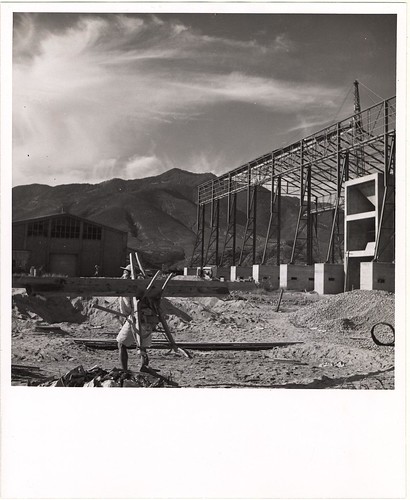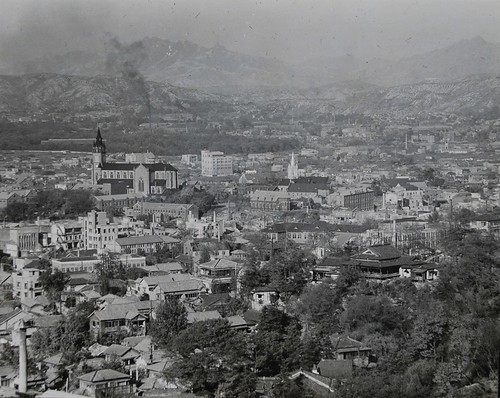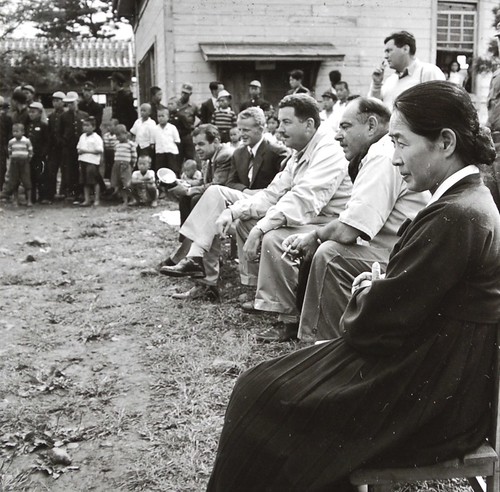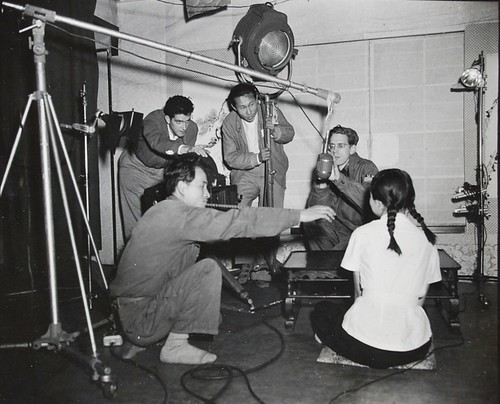About the United Nations Korean Reconstruction Agency (UNKRA)
 The United Nations Archives and Records Management Section presents its virtual exhibition “The United Nations and South Korea : Partners in Reconstruction”. The video, the photo galleries and the timelines show the work done by the United Nations Korean Reconstruction Agency (UNKRA) in collaboration with the Government of South Korea and its people during this period of reconstruction.
The United Nations Archives and Records Management Section presents its virtual exhibition “The United Nations and South Korea : Partners in Reconstruction”. The video, the photo galleries and the timelines show the work done by the United Nations Korean Reconstruction Agency (UNKRA) in collaboration with the Government of South Korea and its people during this period of reconstruction.
On 25 June 1950, South Korea was attacked by North Korea. Shortly after, the Unified Command intervened to try to restore peace and to bring relief to the population.
To support the Government in its task of reconstruction, the General Assembly created the UN Korean Reconstruction Agency (UNKRA) by its resolution 401(v) on 1 December 1950.
 UNKRA was finally able to start its programme 180 days after the cessation of hostilities which prevented the Agency to be fully operational because of security issues.
UNKRA was finally able to start its programme 180 days after the cessation of hostilities which prevented the Agency to be fully operational because of security issues.
Its efforts were focused on industry, mining, agriculture, education, housing and health in order to improve the economy and promote Korea’s long-term growth. During UNKRA’s operating period it implemented 260 major projects for a total expenditure of $127 million dollars, which equals $924 million in 2010.
Get Started: Watch the video
The United Nations Korean Reconstruction Agency (UNKRA) was created by the General Assembly in 1950. It started operating in 1953, after the armistice was signed between North Korea and South Korea (27 July 1953), ending the Korean War. This video explains the history, the scope, the different project areas of UNKRA. It also shows the difficult situation of the Korean people after the war.
Delve in to the Past
Restoring the Economy
"One of, if not the largest, tasks faced by the ROK and the aid programmes in 1952 was the repair of a heavily war-damaged industrial establishment. Not only had the reconstruction to be carried out, but equally essential was the expansion of certain facilities and the development of various new ones. The UNKRA industry programme, with projects totaling over $27 million, was planned and carried out based on this concept."
Food and Agriculture
"The Republic of Korea possesses a predominantly agricultural economy, with farm families constituting close to 60 per cent of its total households. Following the Korean War, a major programme for the rehabilitation and expansion of agricultural production was a basic requisite for the restoration of the Korean economy as a whole."
Housing and Education
“The shortage [of housing] was seriously worsened by the extensive damage and destruction to housing that took place during the Korean War… The rebuilding and repairing of farm homes was largely carried out directly by the farmer and his family… there remained the large job of rebuilding and extending permanent type housing in the cities and larger towns.
…over 40 per cent of all classrooms in the combat zone were either destroyed or seriously damaged…a restoration and expansion programme to this field which totalled in all $9,600,000 was carried out by UNKRA”
Health and Welfare
“The movement of refugees and displaces persons, destruction of hospital and medical facilities and equipment, the damage to water works and sanitary facilities created health, sanitation and welfare problems of vast proportions. Emergency help was offered immediately by the Unified Command…it was early jointly decided that UNKRA activities should be concentrated rather on the rehabilitation or development of permanent health and welfare facilities.”
Projects and Cooperation
“The import of large amounts of certain commodities and raw and semi-processed materials for use by the Korean economy has constituted an inescapable requirement for the foreign aid programmes…These commodities and materials, provided as saleables, also have the equally important job of affecting withdrawals of local currency from circulation, thus action as a counter-inflationary force…Various international voluntary agencies…reached sectors of the population in need of relief and economic assistance.”


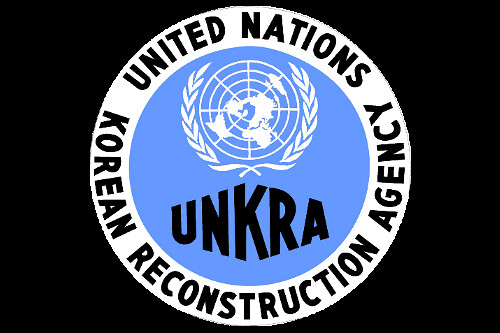
![UNKRA’s Film Unit at work [S-0526-0348-0144]](/sites/archives.un.org/files/UNKRA/unkra_album1_144.jpg) During his trip to South Korea, Breitenbach took several photographs that were circulated around the world by
During his trip to South Korea, Breitenbach took several photographs that were circulated around the world by ![UNKRA’s Film Unit at work [S-0526-0348-0144]](/sites/archives.un.org/files/UNKRA/unkra_album-1_174.jpg) The collection we hold was created with the goal of visually documenting UNKRA’s work so as to inform the public in general, and the donors in particular, of the progress of construction and rehabilitation projects in South Korea.
The collection we hold was created with the goal of visually documenting UNKRA’s work so as to inform the public in general, and the donors in particular, of the progress of construction and rehabilitation projects in South Korea.